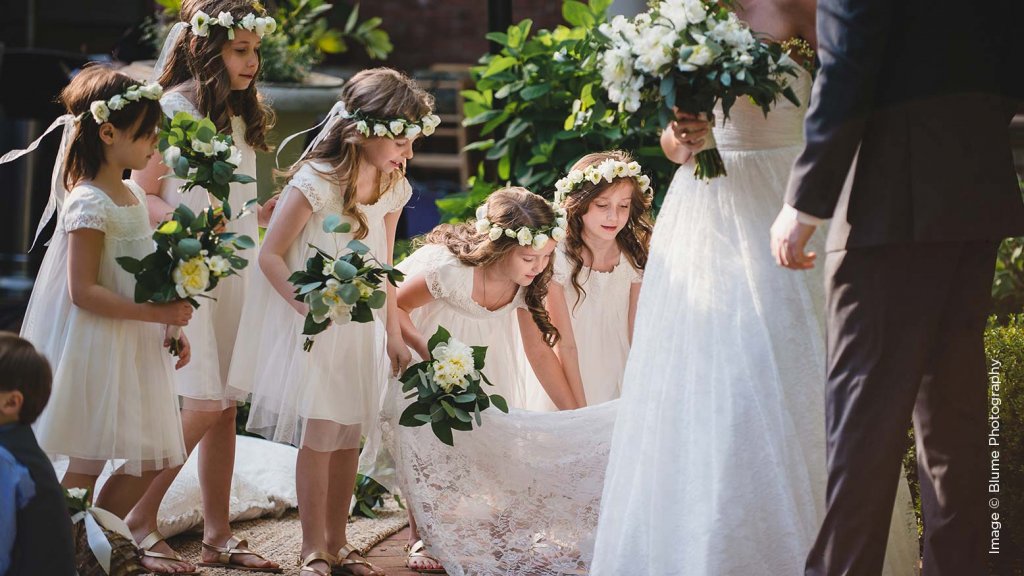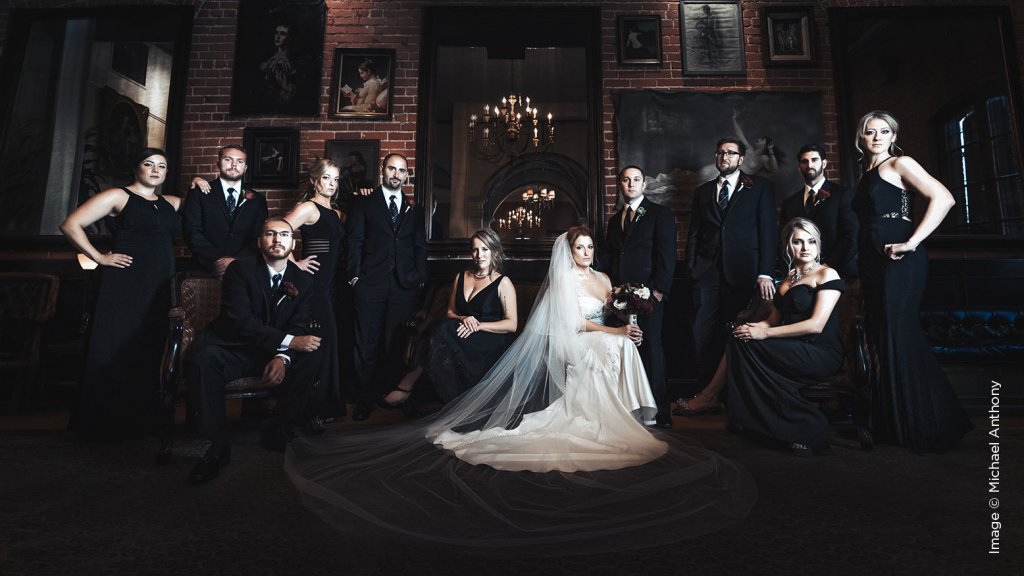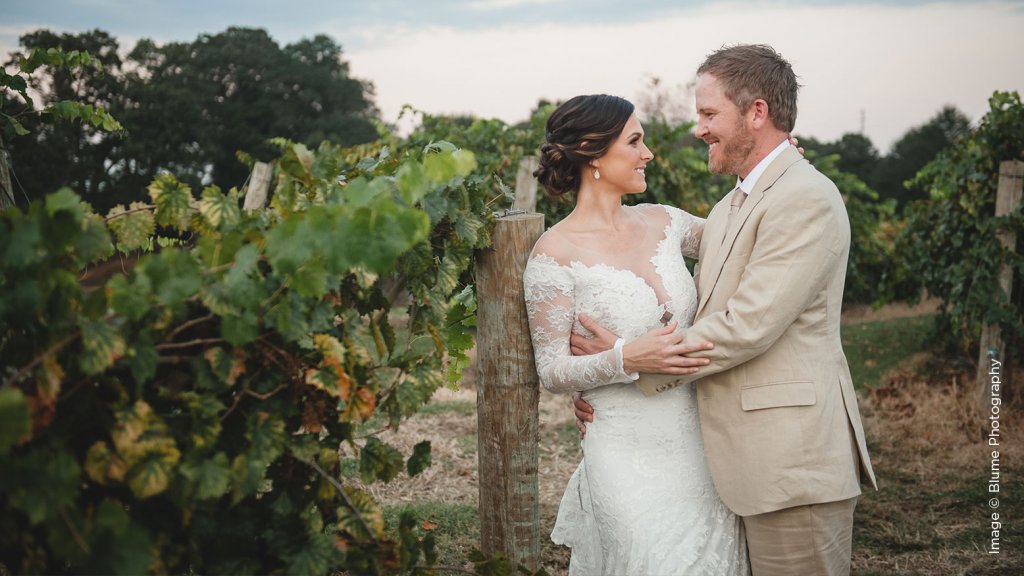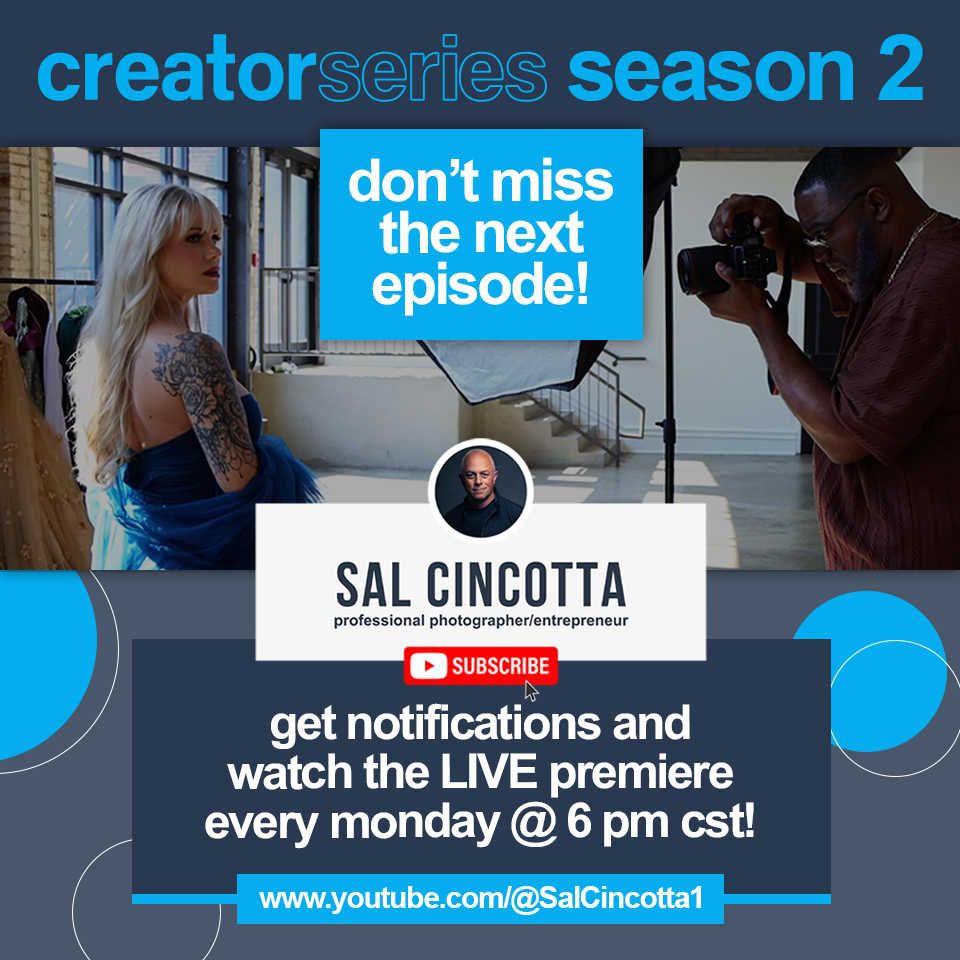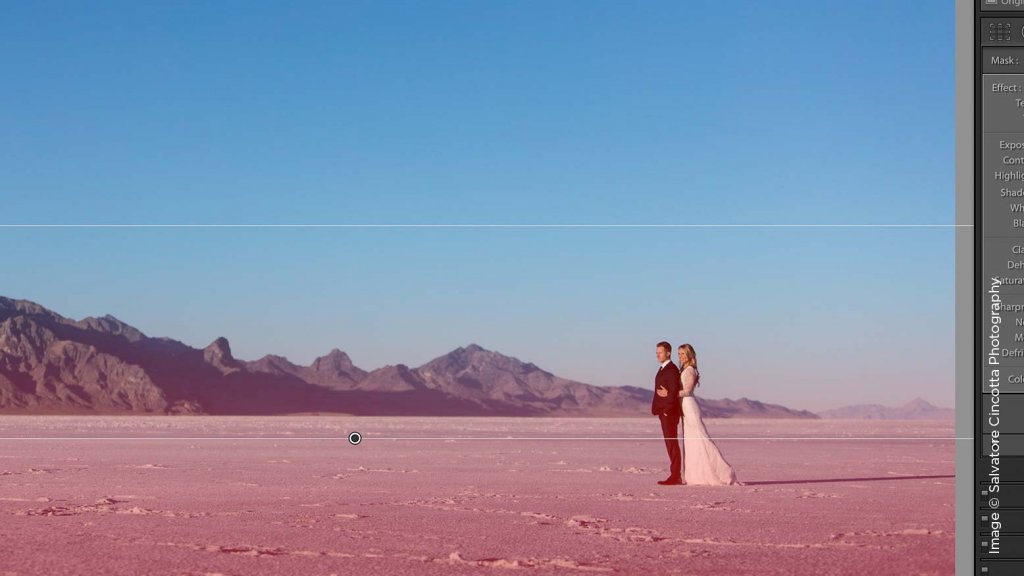
Make Your Mark with Masking in Lightroom Classic
With the new year approaching, I finally found time to explore more of what Adobe has released in Lightroom Classic. So what’s all the hype with the new masking feature? Much like the addition of the Auto-Mask added in the brush panel, there is a new innovative and more accurate method called Range Masks. Instead of your mask’s edge being analyzed for hard edges and somewhat similar tones, you have more control in choosing the range of Color and Luminosity. Like many of us, we fear Photoshop because of its complexity and inefficiency with hundreds of images. In this article, I show you how to keep things simple, how to move fast and, above all, how to create quality edits.

